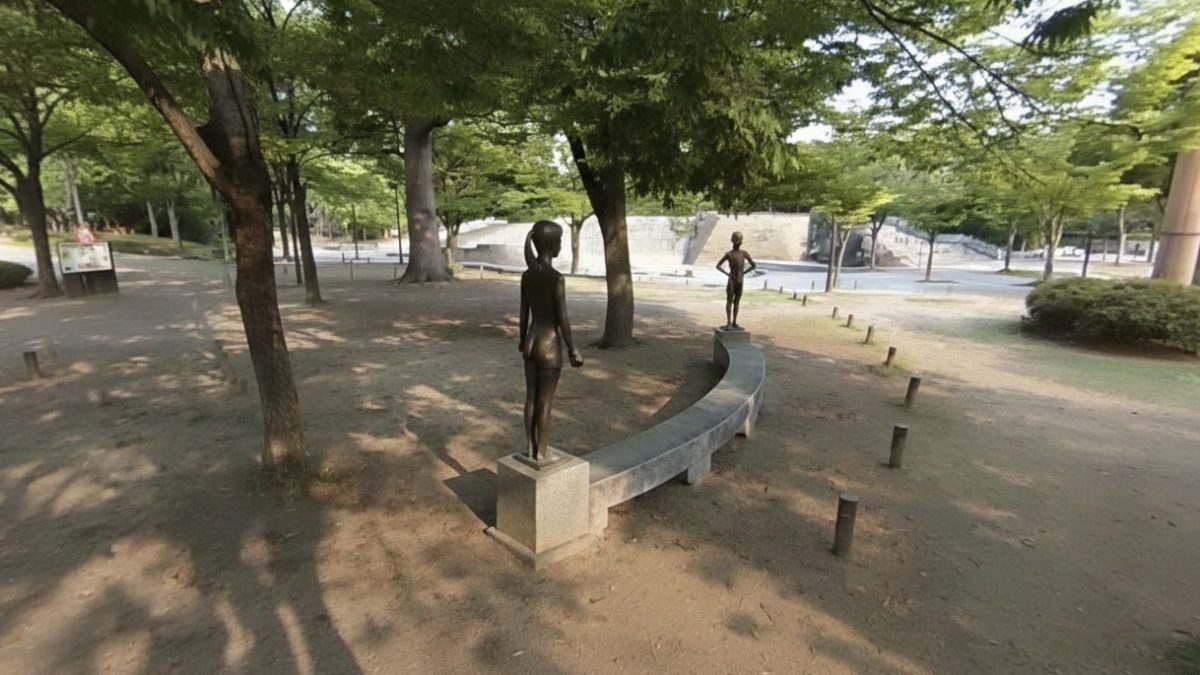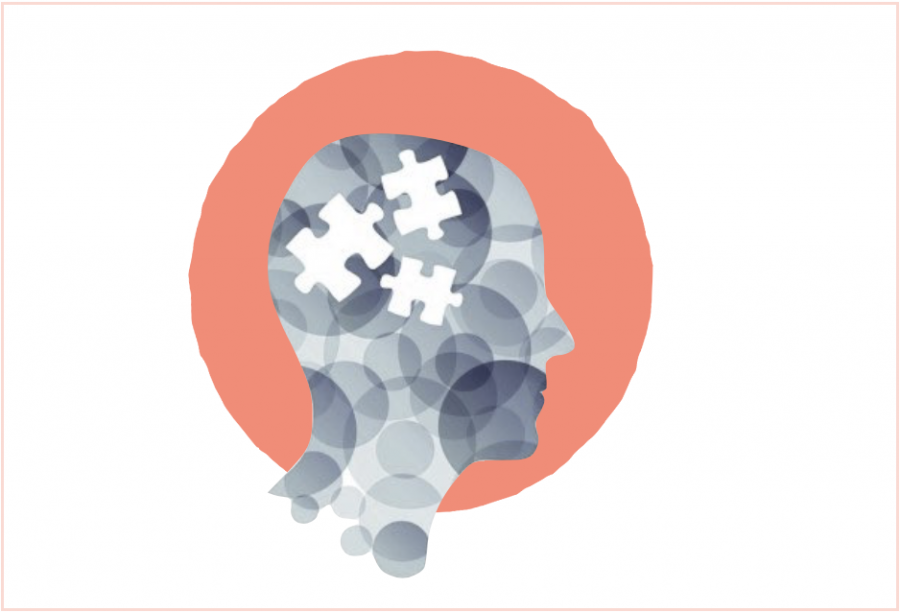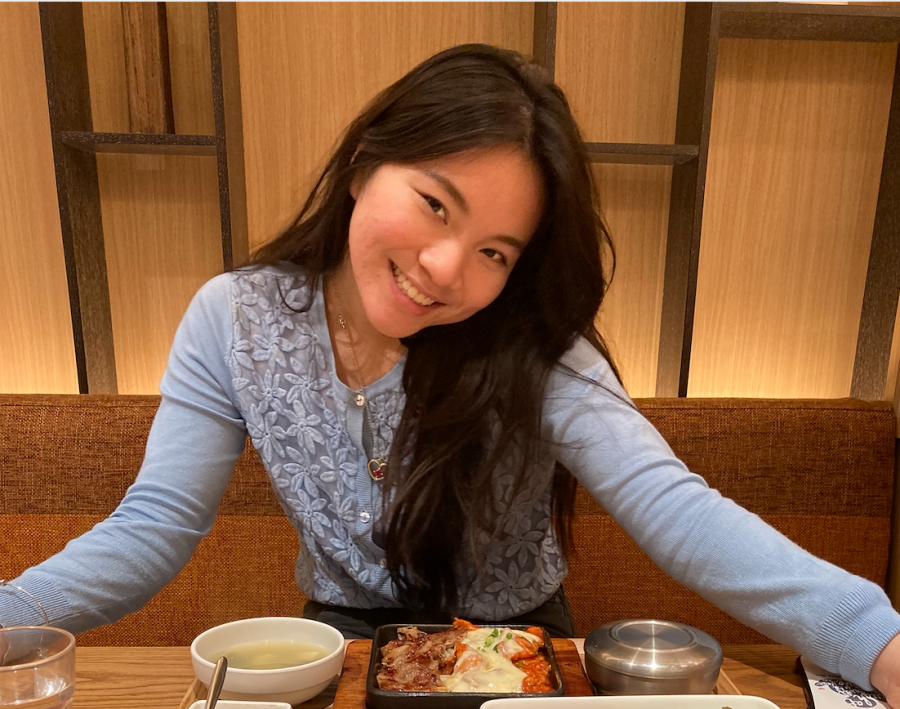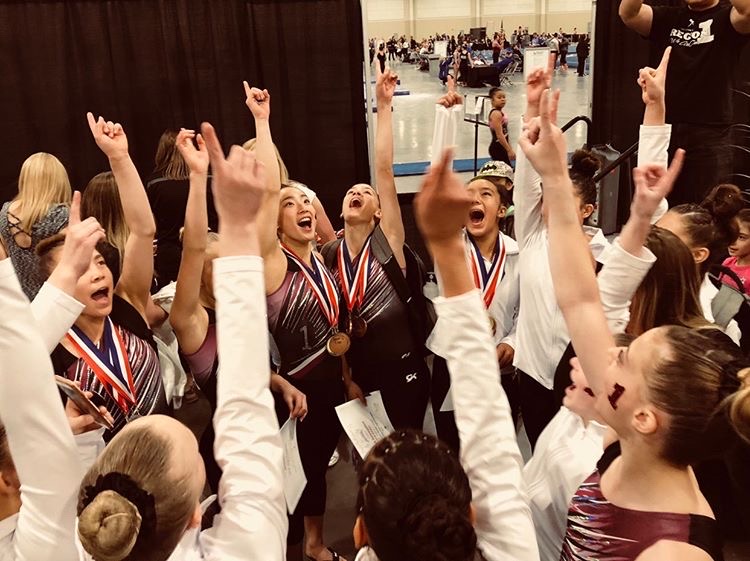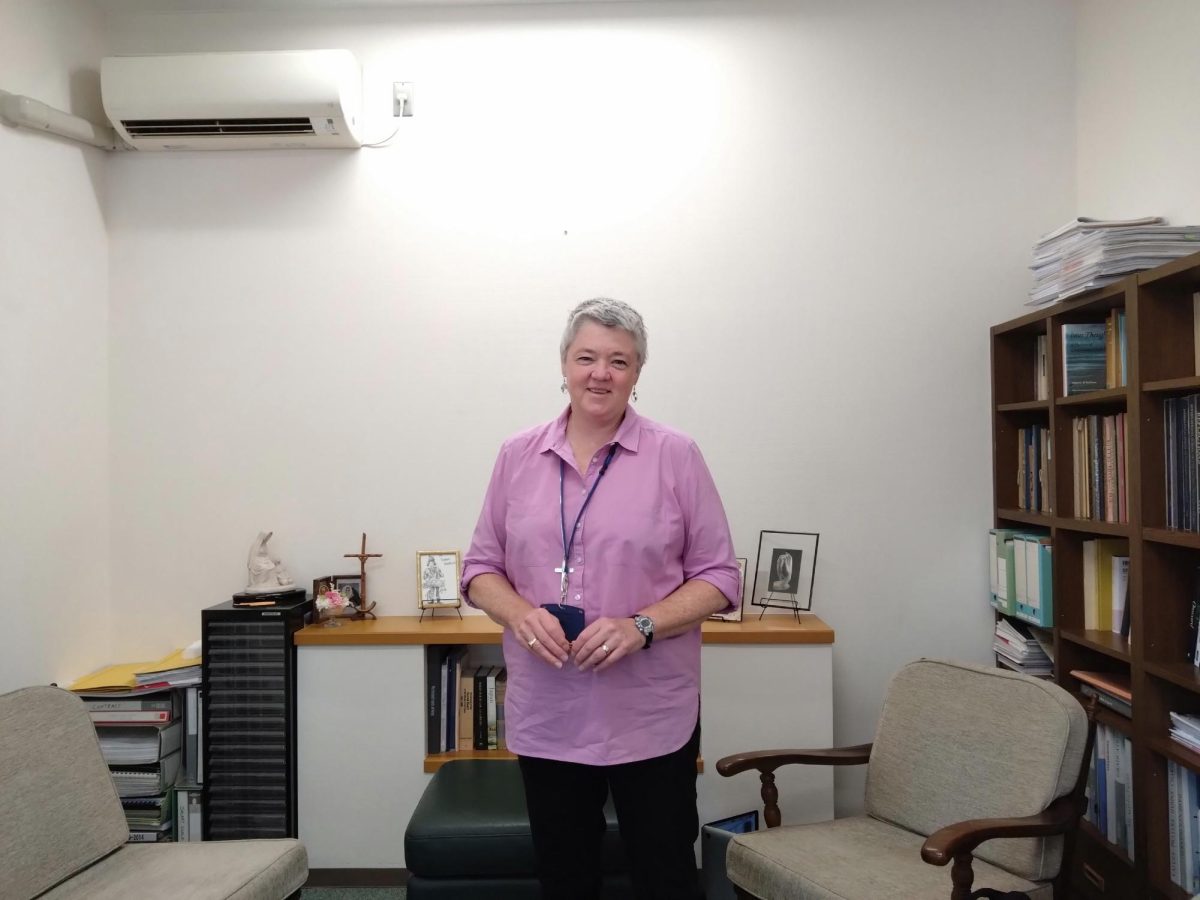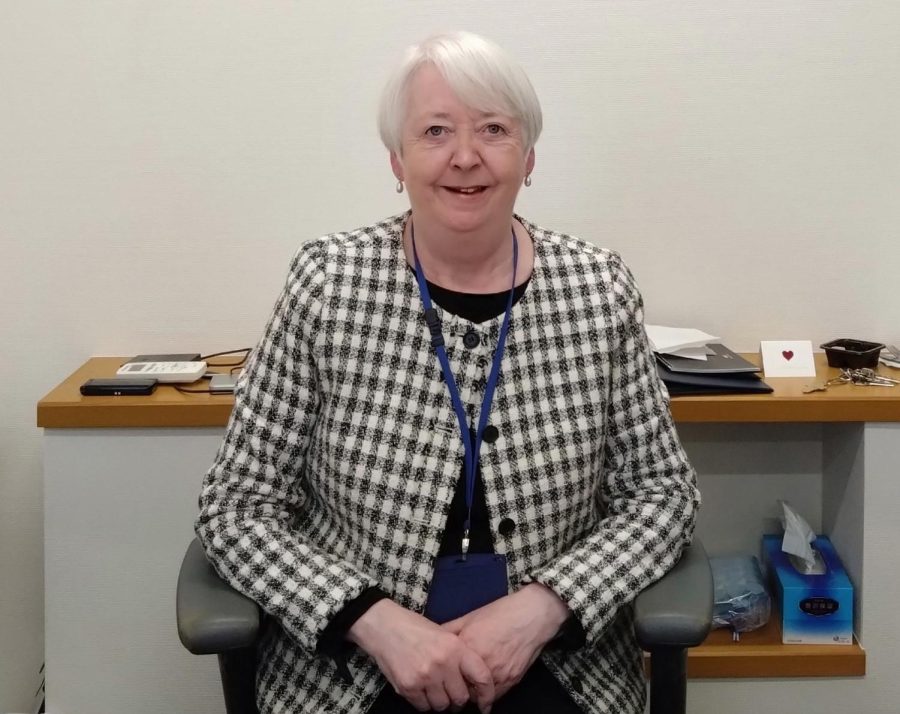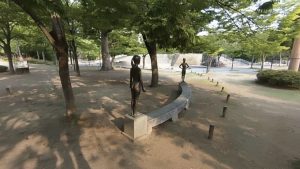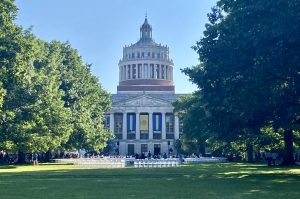Accepting themselves in a world where others cannot yet accept them
Permanent resident children in Japan
November 16, 2022
When many people first think of the word “second-generation immigrant”, they think about the American stereotypes of the immigrant who has broken off their relationship with their parents’ cultures, or one who has overly embraced their native culture by rejecting their host culture. What most people don’t understand is the unique journey and struggles each immigrant encounters to reach a balance between the two extremes.
In the EU a second-generation immigrant is defined as “a person who was born in and is residing in a country that at least one of their parents previously entered as a migrant.” Aditi A. (‘24) and Anastasia P. (‘24) are both permanent resident children who were born in their native countries, but have been raised in Japan. They both have parents who are permanent residents. Though they might not be called “second-generation immigrants,” their experiences and struggles are similar.
With 831,157 permanent residents in Japan, according to the “Immigration Service agency of Japan” as of 2021, this experience is common but mostly unacknowledged. Being a permanent resident child in any country has countless struggles. Balancing several cultures, learning several languages and managing people’s expectations along the way is extremely strenuous.
Japan is a racially homogenous country, culturally and linguistically. According to Demographics in Statista, only 2.3% of the population are foreign residents, making 97.7% of the population Japanese. This makes Japan a lonely country for immigrants, especially children brought up here.
Growing up in Japan, a child is only exposed to Japanese culture. They are expected to adhere to Japanese social standards and celebrate Japanese holidays. The food they eat, the clothes they wear and the entertainment they watch, is all focused on Japan. This makes it difficult for a child who is not Japanese to understand and appreciate their parent’s native culture.
Aditi A.(‘24), an Indian permanent resident child was raised in Japan, while having Indian parents. She started her schooling in a Japanese kindergarten, where she was the only foreigner. Aditi A. (‘24) said in an interview, “It is especially difficult in a racially homogenous country like Japan.There wasn’t anyone that looked like me, I didn’t do the same things the way they did at home.”
Aditi felt quite isolated during her younger years. “The other kids were excluding me from most activities. I felt like there was this really big wall between us.”
While Japan is a country that seems quite inviting to foreign visitors, xenophobia, or the dislike of people from other countries is apparent in Japan. Though xenophobia is not the fault of Japanese children and is influenced due to the homogenous environment and society they grow up in, this xenophobia can sometimes be explicit among younger children.
“There was this time when a kid told me that I couldn’t play with him because my skin was darker than him. I came home crying and asked my dad why I [was] brown, ” recalls Aditi.
Her struggles made her feel as though she should act more Japanese. She thought being the major ethnicity would make her fit in with the other kids.“During that time, I was very Japanese. I wasn’t really that fluent in my native language. I always asked my mom to make Japanese food,” she said.
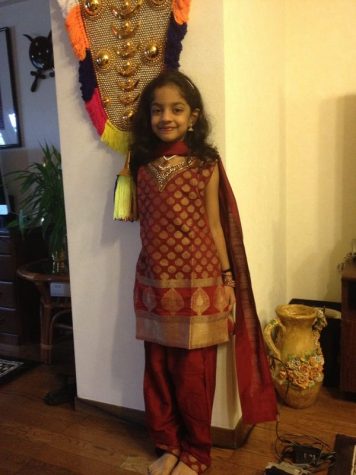
Later in her life, Aditi’s parents started becoming more involved in the Indian community. “I remember my mother routinely attending religious gatherings with other Indians from our state. I performed a dance in these events and they started to involve me in other ethnic events.” This involvement made her gain appreciation for her native culture, a culture she had thought of as a burden before. She now speaks not only English or Japanese, but also her native language, Malayalam and Tamil, fluently. She also started learning an Indian cultural dance called Bharatnatyam.
“Now, I think I’m pretty secure with which culture I identify with. I don’t really need to prove to people how Indian I am, or how Japanese I am.”
Another ISSH student, Anastasia P. (‘24) endured a similar difficulty more recently. Being a Russian-American raised in Japan, as a child, Anastasia was very accepting of her Russian culture. She embraced ballet, a major dance form in Russia, learned Russian, and appreciated her Russian heritage.
“When I was young, there weren’t many conflicts surrounding Russia,” said Anastasia in an interview, “ so I was quite accepting and proud of being Russian.”
However, with the stigma surrounding Russia in light of the war in Ukraine, she is quite hesitant to share parts of her culture and her pride in her Russian heritage.
“When I go to base schools for tournaments, or even the US, I tend to have to put Russia in the background and say that I’m just American. Do I put Russian on my nationality list and have pride in it, but be questioned or supervised on a base, or do I play it safe and put the US?” said Anastasia.
Furthermore, living in Japan makes her more reluctant to share her culture.
“I think that’s just due to history. I feel quite uncomfortable sometimes. I’ve lived in Japan as long as many people here, but I’m viewed as a bad person because I’m not from here,” said Anastasia when discussing her struggles as a foreigner in Japan.
This journey of understanding her Russian culture, as well as being in an international school has prompted her to start exploring a new culture.

“I have somehow embraced US culture in my life as well. For example, the language I’m most comfortable with is English,” said Anastastia. “Most of our classes talked about US history, so my knowledge was more centered around the US than Russia.”
Despite the recent circumstances and the xenophobia she has experienced in her time in Japan, Anastasia still strives to embrace her Russian culture further.
Though their journeys are entirely different and unique, as permanent resident children in Japan, Anastasia and Aditi, both have struggled with understanding their identities and cultures. Even though they both have their own diverse sets of experiences and struggles, one struggle is alike, accepting themselves in a world where others do not yet accept them.
Despite their struggles, Aditi and Anastasia both agree that these experiences will be an asset to them in the future.
“Knowing so many cultures and friends from different countries, I am more open-minded. All these experiences would be benefits rather than disadvantages,” said Anastasia.
In light of her own experiences, Aditi advises other students who are permanent resident children “to try to make an effort to learn about your culture, and appreciate it.”


